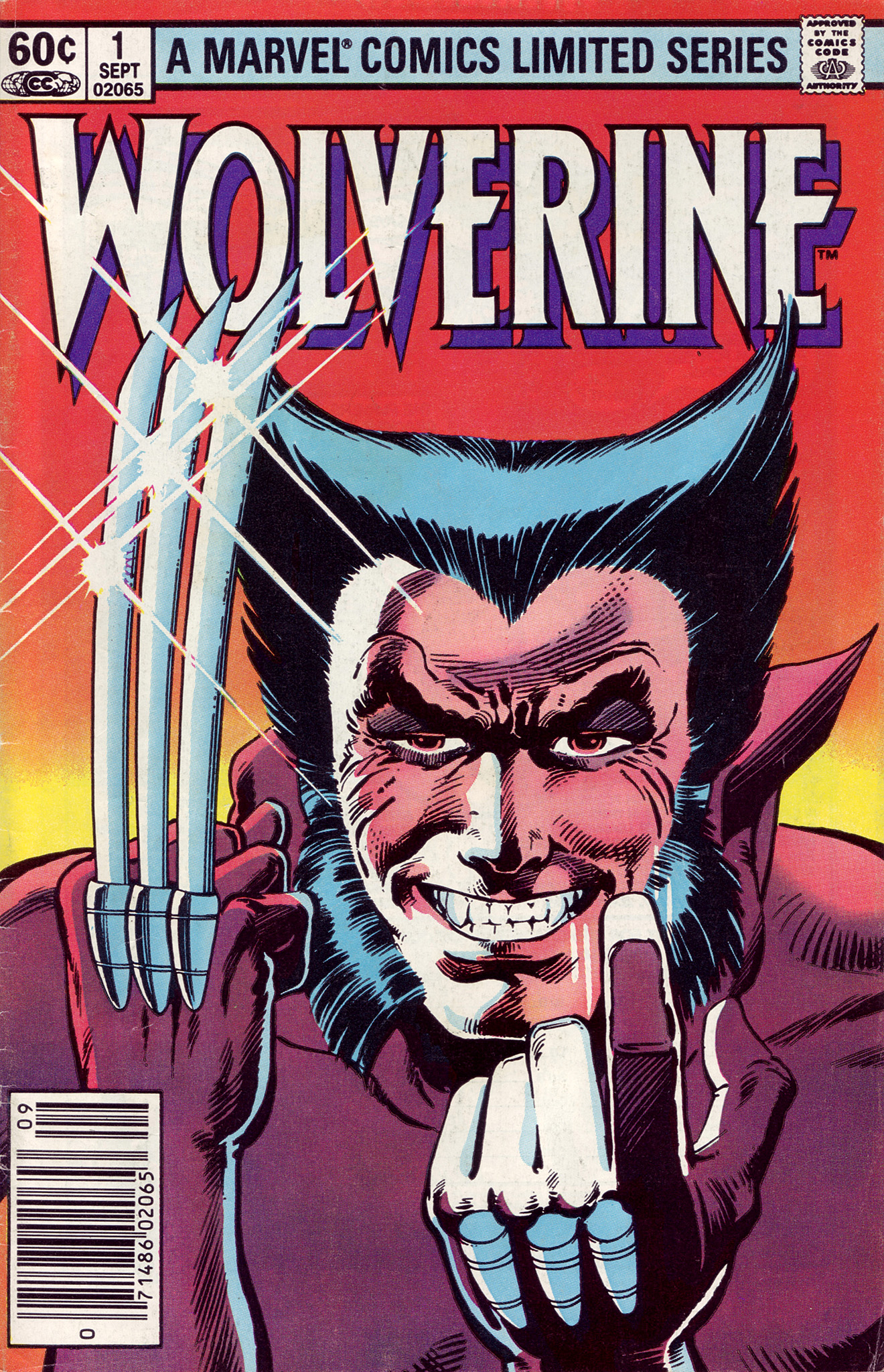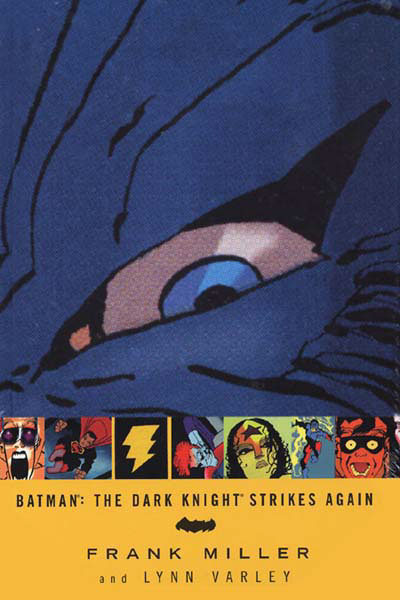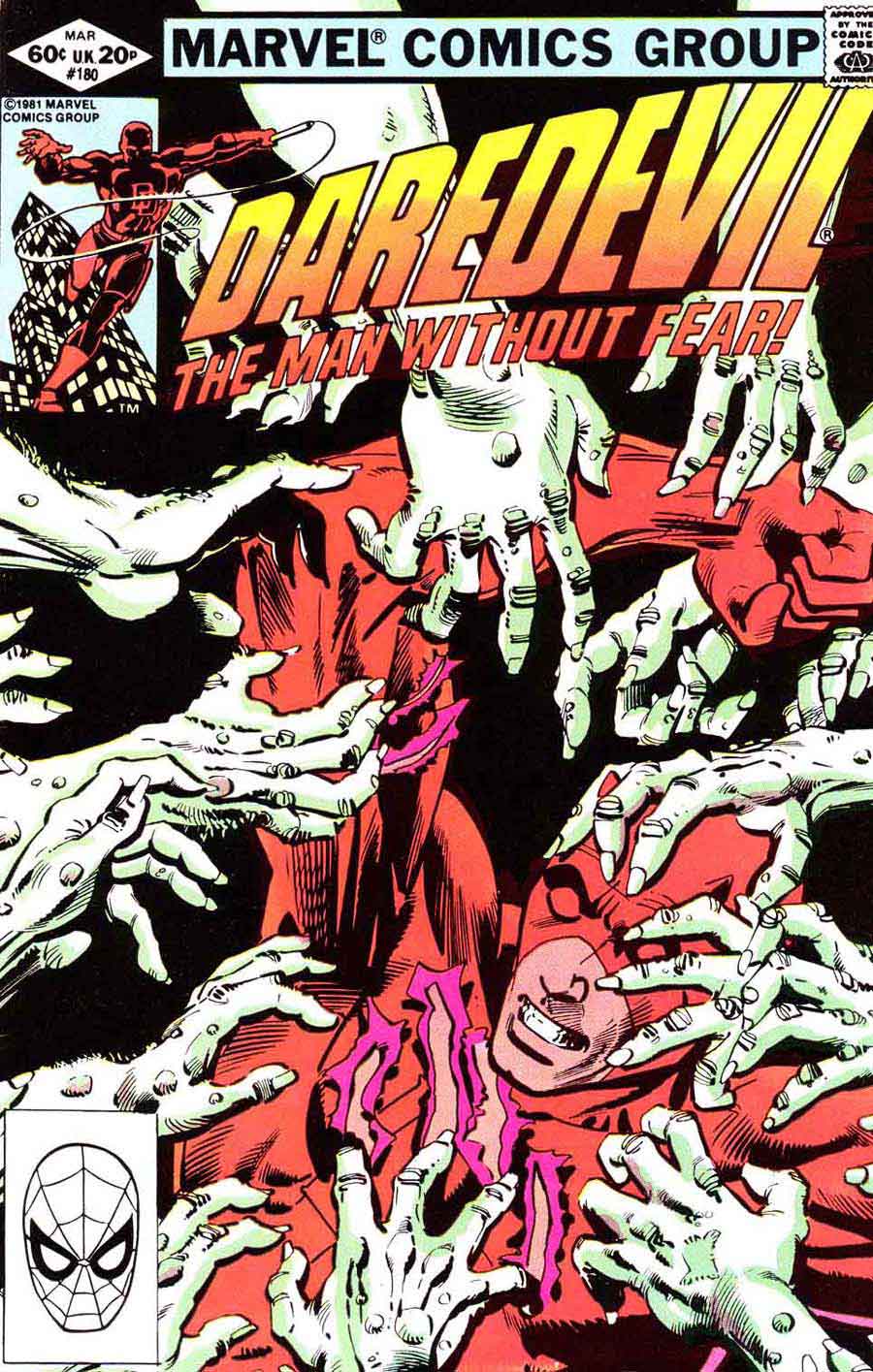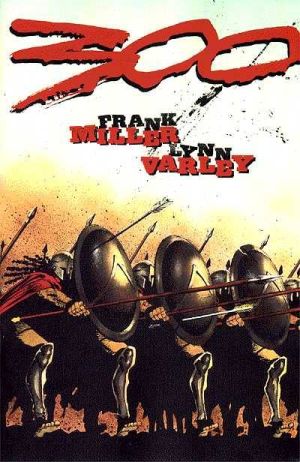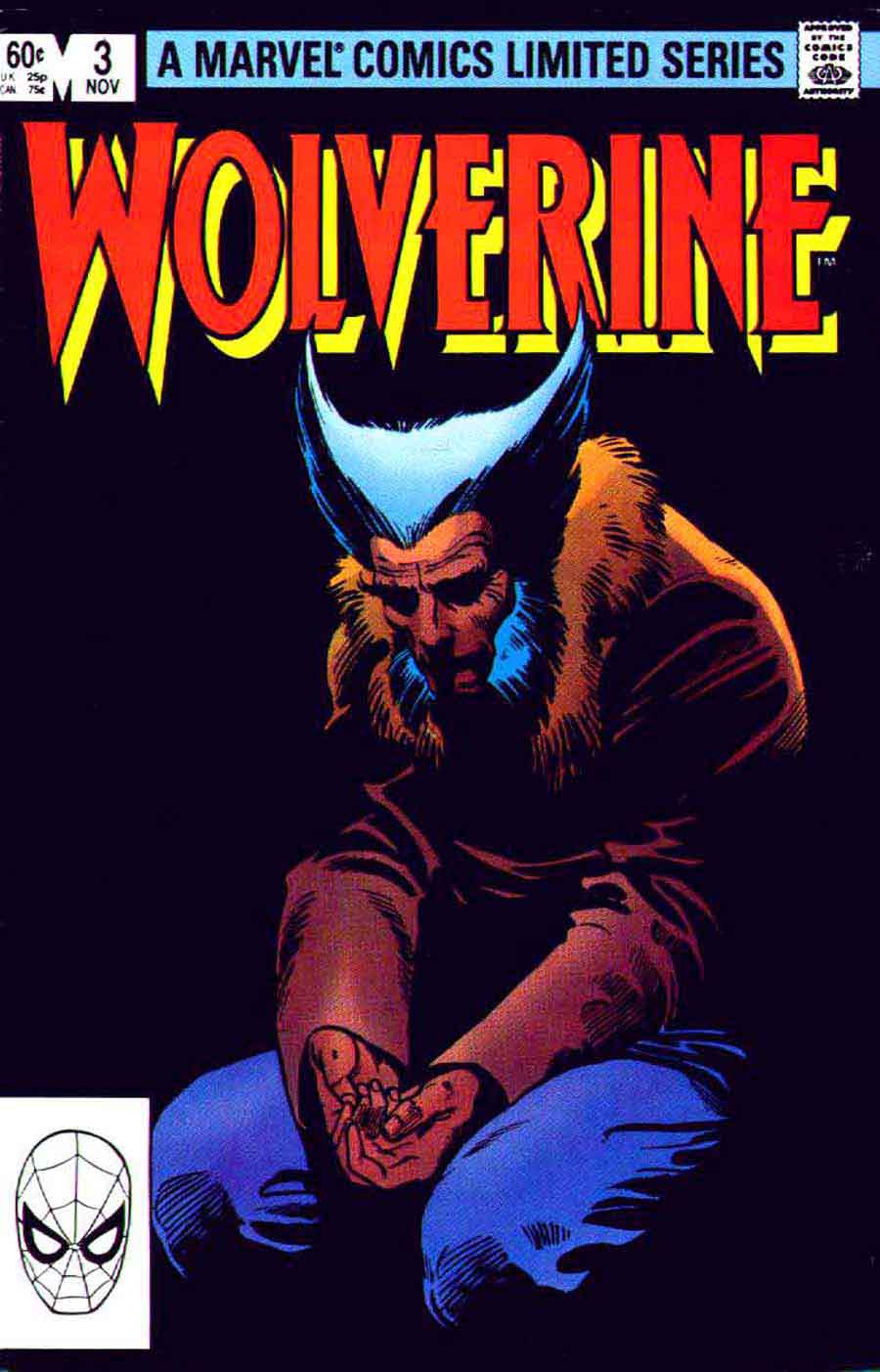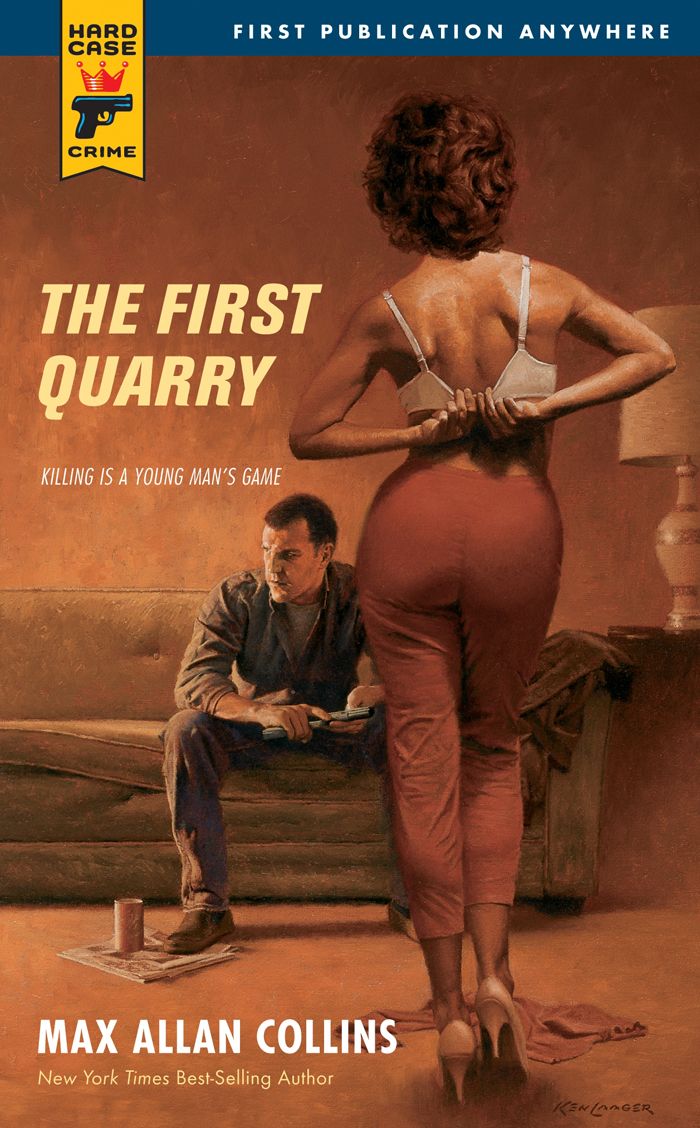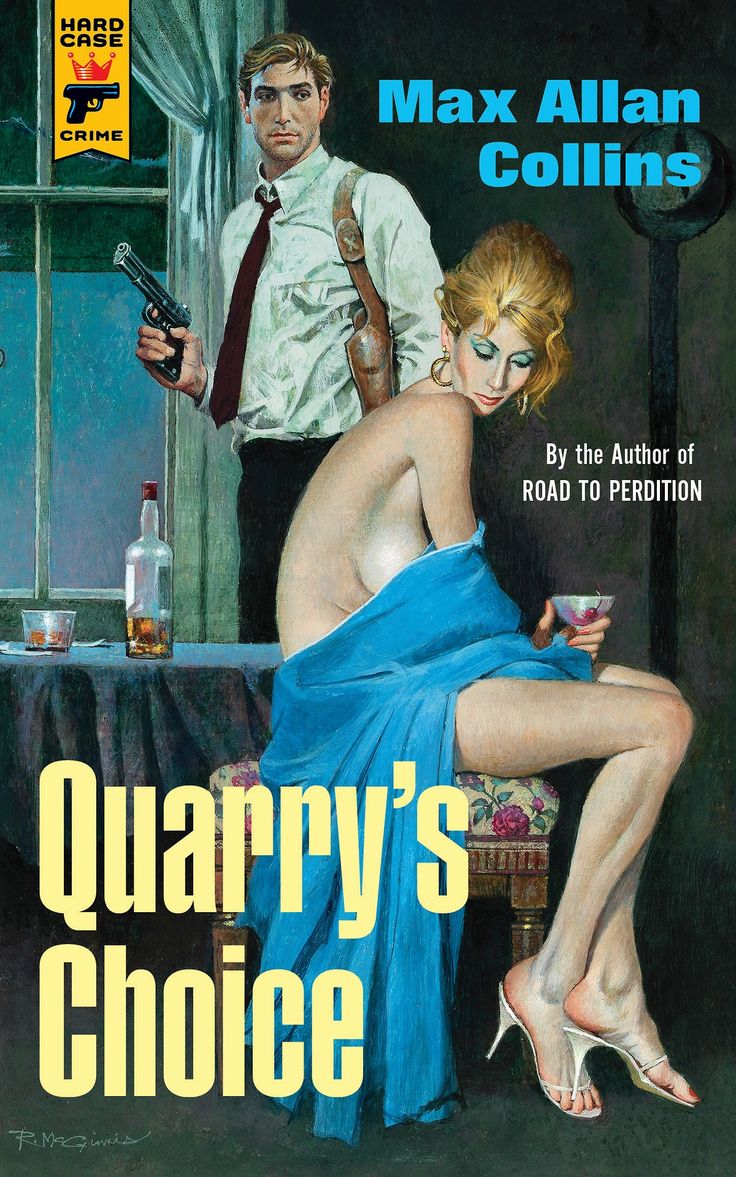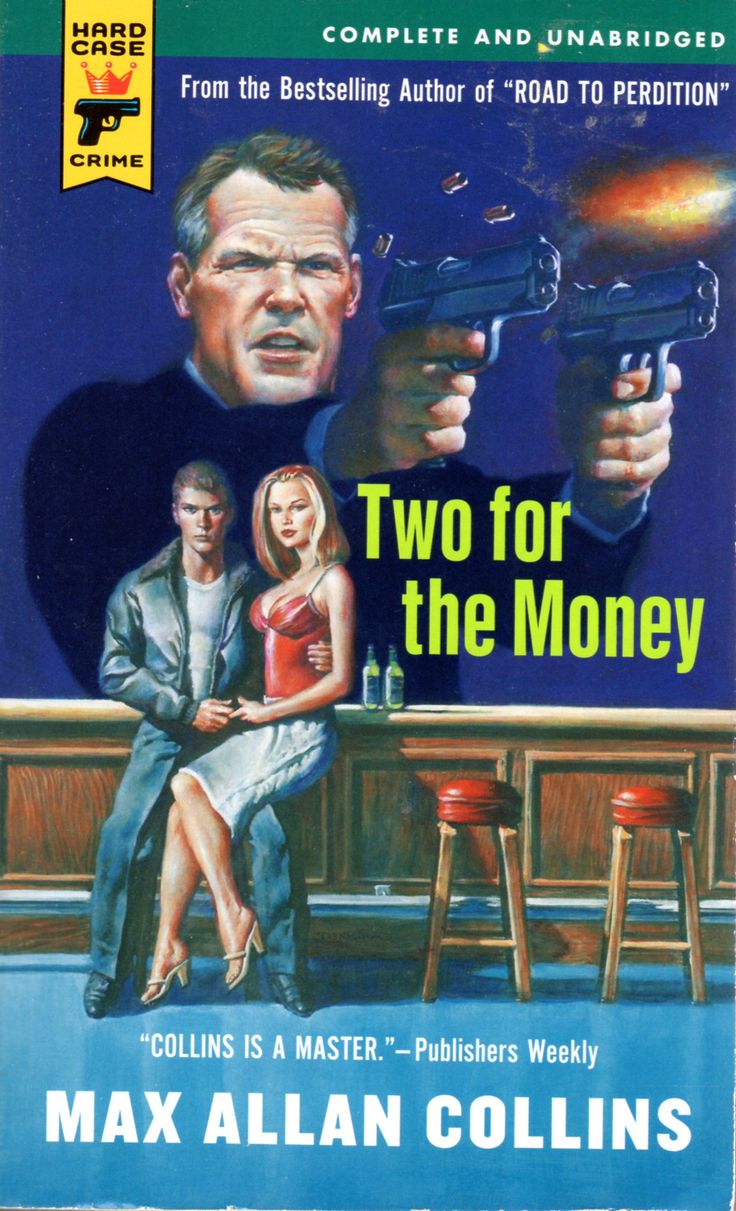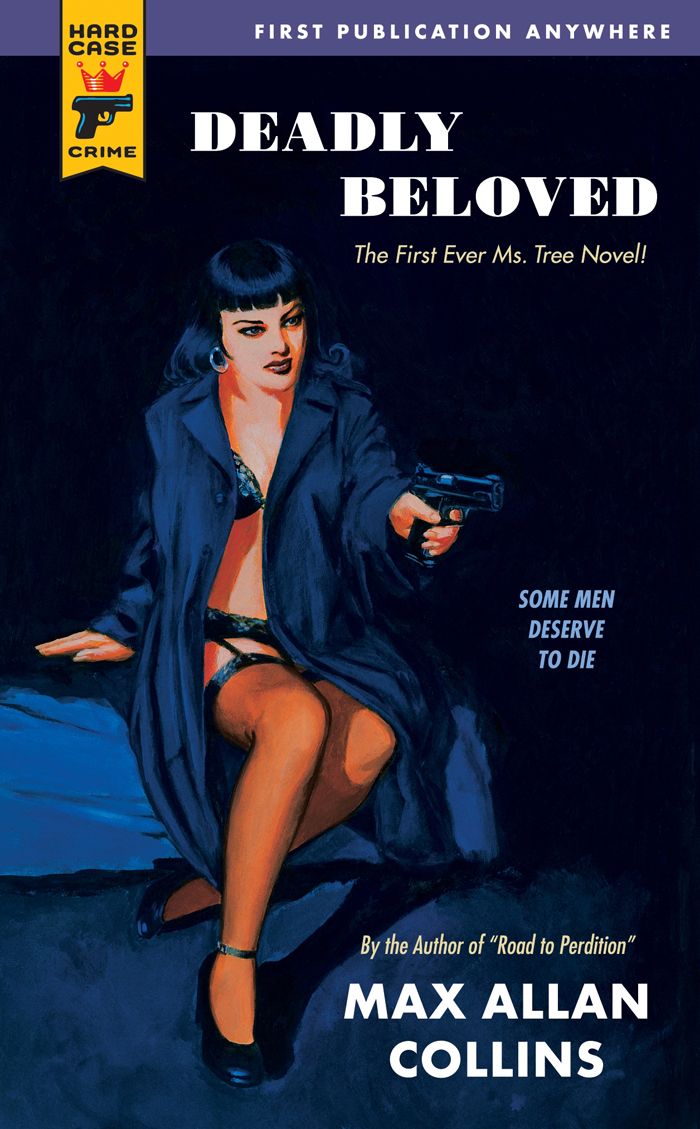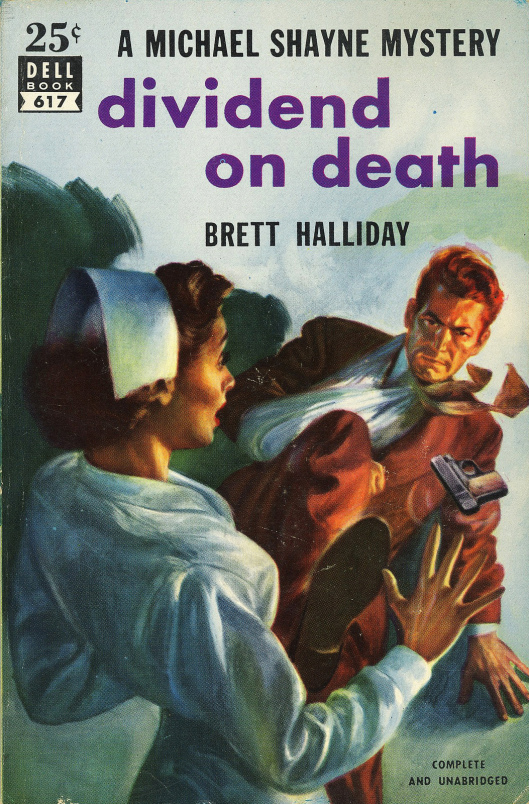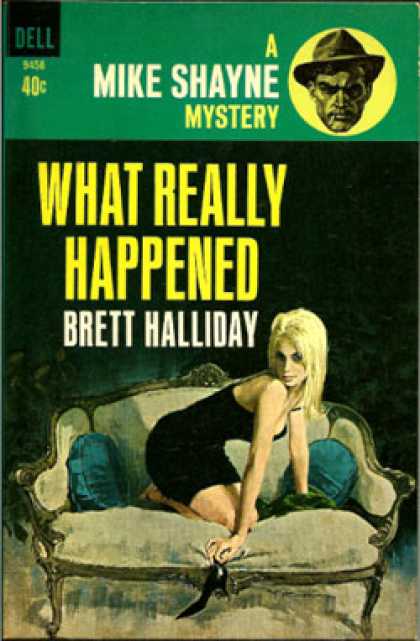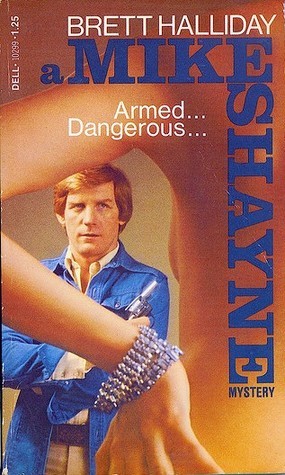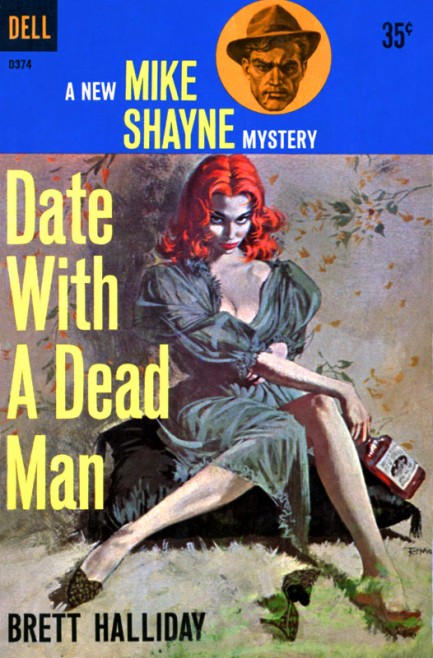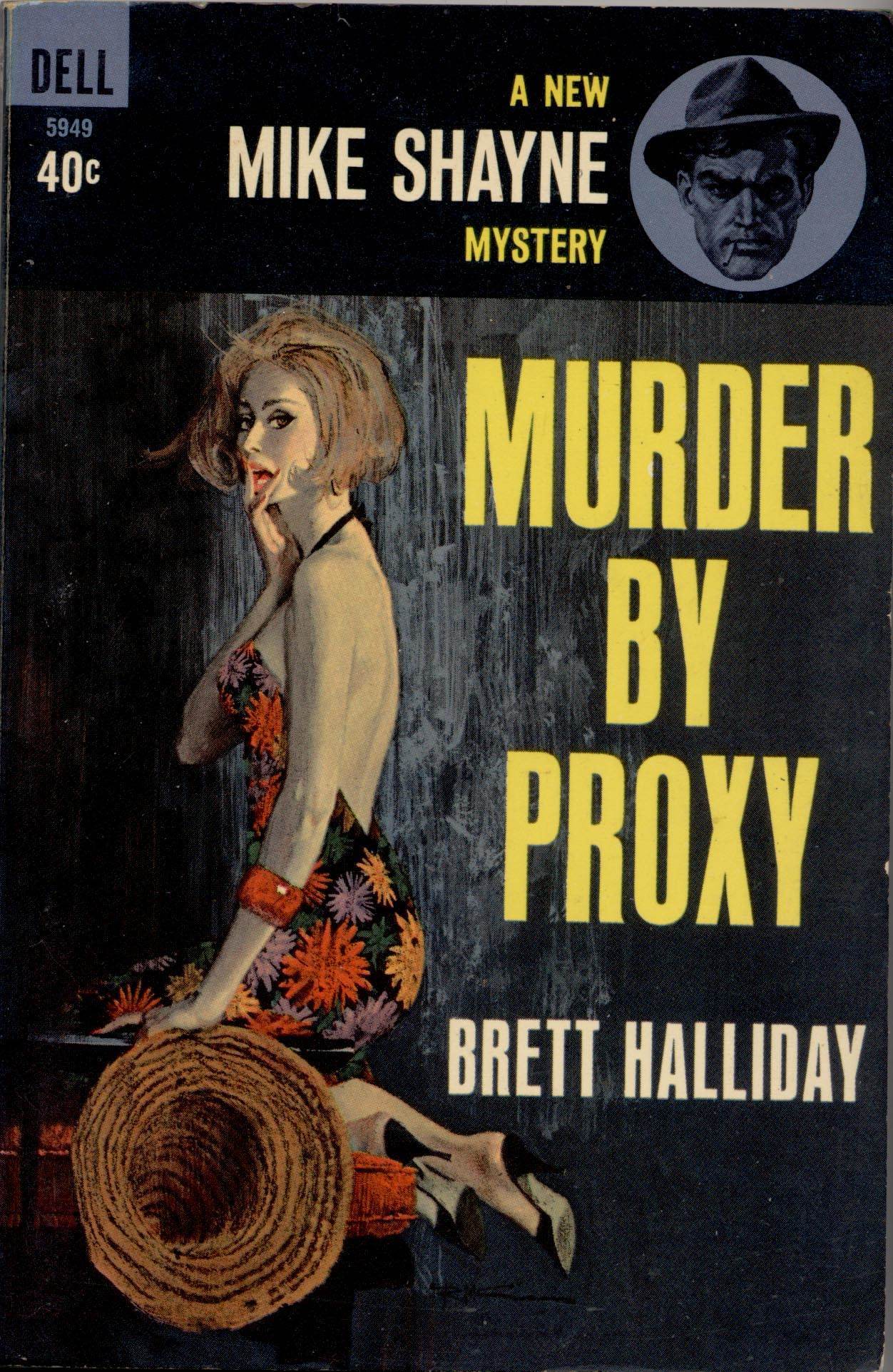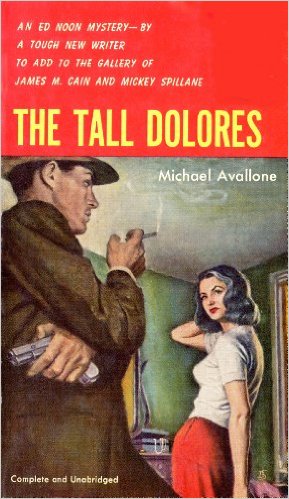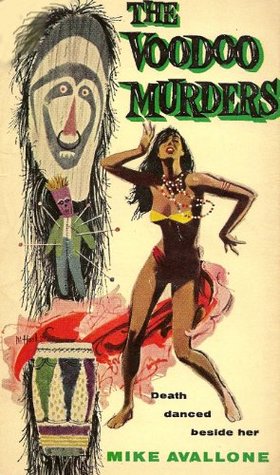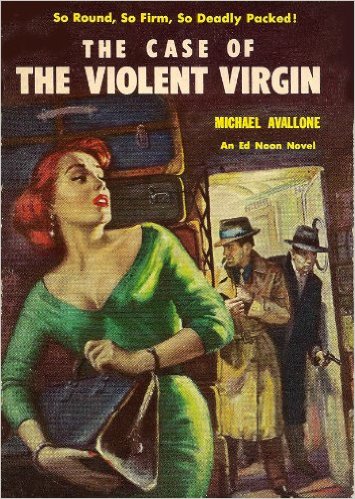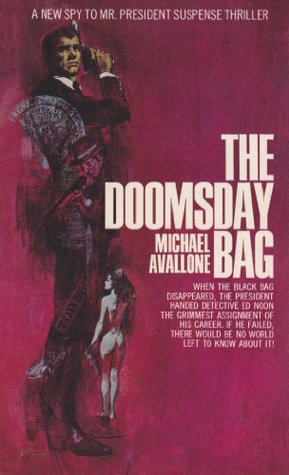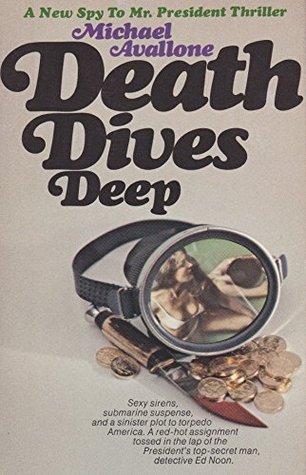By Sean Tuohy
No one has influenced American comics more than Frank Miller. His mix of dark, gloomy noir and over-the-top manga has redefined classic comic book heroes such as Batman and Daredevil.
The Dark Knight Returns is considered one of the greatest Batman stories ever told, and one of the most-read comic books. Miller’s original work—including 300 and Sin City—has also brought a unique form of storytelling to the comic book genre.
Employing tough guy dialogue and ultra-violent, manga-style action, Miller puts his characters through hell and explores their inner demons. During his Daredevil run, Miller brought to light that Matt Murdock was a Catholic, adding another layer to an already complex character.
Miller’s work has been translated to screen several times. The stylish and groundbreaking “300” told the story of Spartan soldiers trying to resist a massive invading army, and “Sin City” made a black-and-white world bleed red. Miller also tried his hand at directing with “The Spirit,” which ended up being a bizarre take on superhero film noir.
Miller’s hardboiled storytelling and complex and moving characters has deservedly made him a comic book icon.
Enjoy some of our favorite Frank Miller covers!
To learn more about Frank Miller, follow him on Twitter @FrankMillerInk.



